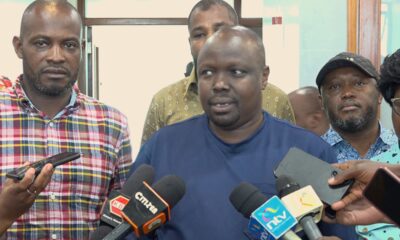Investigations
Sh800 Million Question: How KMA Officials Inflated Building Contract by 80% in Backdoor Deals
Investigation reveals systematic manipulation of tender processes that saw construction costs balloon from Sh1 billion to Sh1.8 billion.
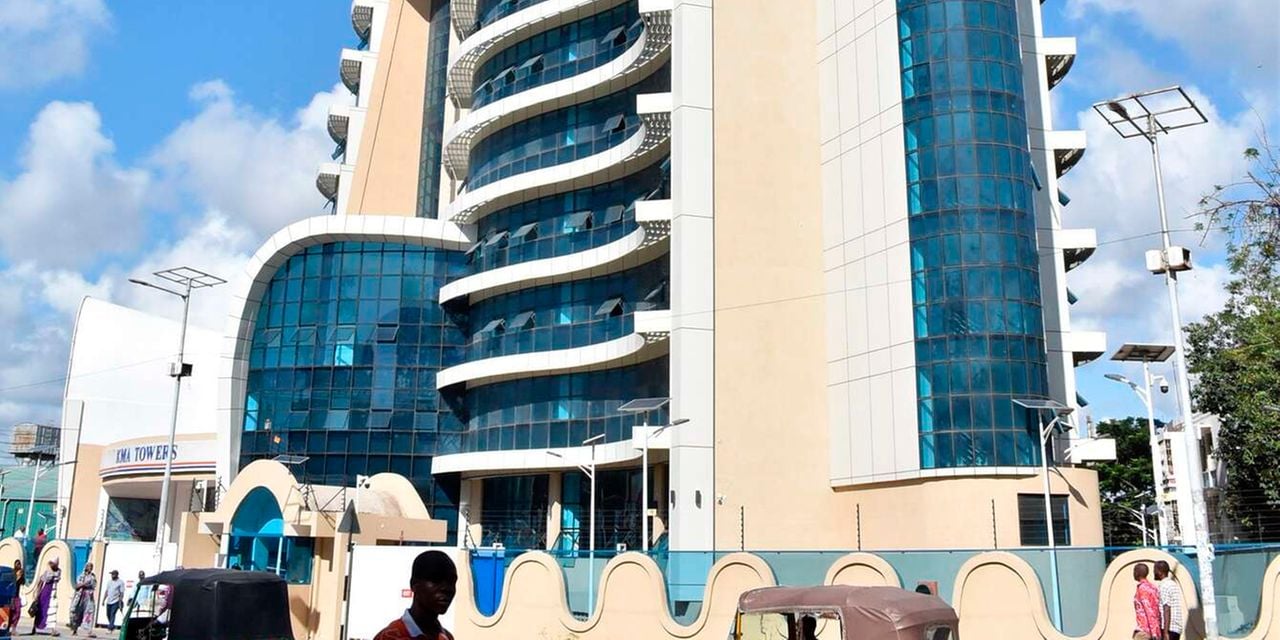
The stench of corruption hangs heavy over the gleaming towers of the Kenya Maritime Authority headquarters in Mombasa, where what should have been a Sh1 billion project mysteriously ballooned to Sh1.8 billion—an astronomical 80% increase that has left taxpayers footing an extra Sh800 million bill.
Court documents and testimonies emerging from the ongoing graft case paint a disturbing picture of systematic tender manipulation, backdoor dealings, and brazen disregard for procurement laws that allowed connected contractors to feast on public funds while officials looked the other way.
## The Paper Trail of Plunder
The story begins in 2012 when KMA, then housed within Kenya Ports Authority premises, proposed constructing its own headquarters. What started as a modest Sh1 billion budget in 2016/2017 financial estimates underwent a suspicious transformation that would make even seasoned corruption watchers gasp.
First, the budget was quietly revised upward to Sh1.2 billion. Then, in a move that defies logical explanation, former acting director-general Cosmas Cherop and his procurement team awarded the contract to Epco Builders Ltd for a staggering Sh1.8 billion in January 2017.
The question that begs an answer: How does a construction project’s cost increase by 80% without any significant changes to scope or design specifications?
## The Smoking Gun: Adjusted Tender Sums
Court testimony reveals the modus operandi of this elaborate scheme. Officials systematically “adjusted” tender sums on bid documents, effectively rigging the process in favor of predetermined winners.
Former procurement manager Edwin Momanyi didn’t just recommend Epco Builders Ltd for the main construction contract—he specifically endorsed the “adjusted sum” of Sh1.8 billion, according to prosecution evidence. This wasn’t an oversight or bureaucratic error; it was a calculated decision to inflate costs.
The corruption web extended beyond the main contract. Master Power Systems received electrical works worth Sh224.2 million, while Plumbing Systems Ltd secured Sh79.8 million for plumbing works—all at “adjusted sums” that prosecutors allege violated procurement laws.
## The Tender Rigging Machine
The sophistication of this scheme becomes apparent when examining the roles of various officials:
**Bakari Mwakuyu and Juma Ali** stand accused of the technical work—actually amending tender amounts on bid documents for multiple companies, including Epco Builders Ltd, Parbat Siyani Construction, and China Zhongxing Construction Company.
More damning, they allegedly declared Epco Builders Ltd as a “responsive bidder” despite the company failing to meet basic requirements outlined in clause 3.3 of the bidding instructions. This suggests the fix was in from the start.
**Jemimah Musinga and Francis Okello** allegedly manipulated tender sums for electrical works, adjusting figures for Master Power Systems Ltd, Mehta Electrical Ltd, and Tudor Engineering Ltd to ensure predetermined outcomes.
Even supposed “independent experts”—**Peter Kimani, Jared Biwott, and Denis Ngenoh**—were allegedly co-opted into the scheme, adjusting tender documents to favor specific contractors.
## The Money Trail and Missing Accountability
Perhaps most telling is the testimony of Edwin Were, KMA’s former head of finance, who revealed that Epco Builders Ltd immediately raised an “advance payment invoice” upon signing the contract. This suggests the contractors were eager to secure upfront payments—a common feature in corruption schemes where kickbacks need to be distributed quickly.
Were’s claim that he was “not involved in the procurement process” and only handled payments after receiving “necessary supporting documents” raises uncomfortable questions about willful blindness within KMA’s financial management structure.
## Questions That Demand Answers
The KMA case exposes systemic vulnerabilities in Kenya’s public procurement system:
1. **How did a Sh1 billion project become Sh1.8 billion without proper justification or public scrutiny?**
2. **What role did political influence play in ensuring Epco Builders Ltd received preferential treatment despite not meeting bidding requirements?**
3. **Where are the internal audit reports that should have flagged these irregularities before contracts were signed?**
4. **How many other government projects have been similarly inflated through “adjusted tender sums”?**
## The Broader Implications
This case represents more than just another corruption scandal—it’s a blueprint for how procurement processes can be systematically subverted. The fact that multiple officials across different departments coordinated to manipulate tender documents suggests institutional capture rather than isolated incidents of graft.
The Sh800 million cost escalation at KMA likely represents just the tip of the iceberg. If similar “adjustments” are happening across government projects, taxpayers could be losing billions annually to inflated contracts and rigged tenders.
## Justice Delayed?
While the case against Cherop and his co-accused continues in Mombasa courts, with the next hearing scheduled for October 9, the damage to public finances has already been done. The KMA headquarters stands as a monument to procurement fraud, its gleaming facade hiding the corrupt dealings that inflated its true cost by hundreds of millions.
For ordinary Kenyans struggling with the high cost of living, the KMA scandal serves as a painful reminder of how corruption diverts resources meant for public benefit into private pockets. The Sh800 million lost to inflated contracts could have funded numerous development projects or social programs.
Kenya Insights allows guest blogging, if you want to be published on Kenya’s most authoritative and accurate blog, have an expose, news TIPS, story angles, human interest stories, drop us an email on [email protected] or via Telegram
-
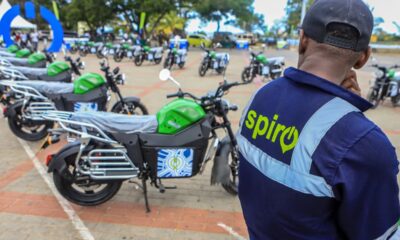
 Business1 week ago
Business1 week ago‘They’re Criminals,’ Popular Radio Presenter Rapcha The Sayantist Accuses Electric Bike Firm Spiro of Fraudulent Practices
-

 Business6 days ago
Business6 days agoIt’s a Carbon Trading Firm: What Kenyans Need to Know About Spiro’s Business Model Amid Damning Allegations of Predatory Lending
-
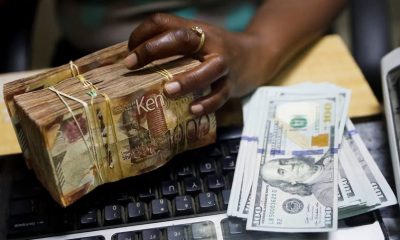
 Business5 days ago
Business5 days agoManager Flees Safaricom-Linked Sacco As Fears Of Investors Losing Savings Becomes Imminent
-
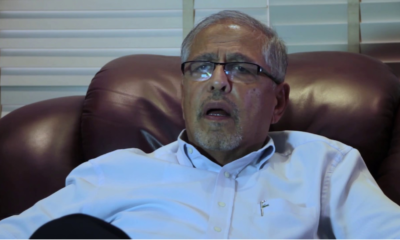
 News2 weeks ago
News2 weeks agoTemporary Reprieve As Mohamed Jaffer Wins Mombasa Land Compensation Despite Losing LPG Monopoly and Bitter Fallout With Johos
-
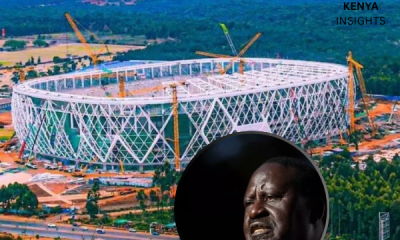
 Investigations1 week ago
Investigations1 week agoDisgraced Kuscco Boss Arnold Munene Moves To Gag Media After Expose Linking Him To Alleged Sh1.7 Billion Fraud
-
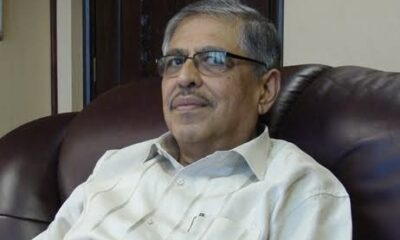
 News6 days ago
News6 days agoWoman Accused in High Defamation Blames AI As Case Exposes How Mombasa Billionaire Mohamed Jaffer Allegedly Sponsored Smear Campaign Linking Joho’s Family To Drug Trafficking
-
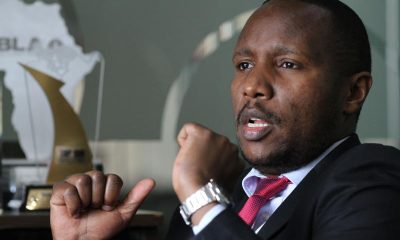
 Investigations2 weeks ago
Investigations2 weeks agoFrom Daily Bribes to Billions Frozen: The Jambopay Empire Crumbles as CEO Danson Muchemi’s Scandal-Plagued Past Catches Up
-
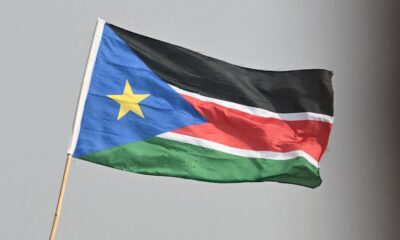
 Africa1 week ago
Africa1 week agoDisgraced Oil Trader Idris Taha Sneaks Into Juba as Empire Crumbles





